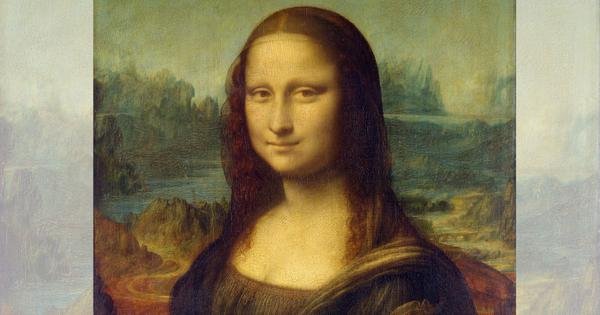The Mona Lisa: A Vampire or a Symbol of Renaissance Art?
The Mysterious Smile of the Mona Lisa

When the Mona Lisa was stolen from the Louvre, art critic Bernard Berenson was relieved. He felt freed from the painting’s overwhelming influence. “She had simply become an incubus,” he later recalled, “and I was glad to be rid of her.”
The Myth of the Mona Lisa
Today, the Mona Lisa is a symbol of Italian Renaissance art. French President Emmanuel Macron plans to move it to its own exhibition room. But this enigmatic figure has a darker side.
After Leonardo’s death in 1519, his reputation remained stable. However, praise for his work often came with a caveat: he was a better draughtsman, inventor, and scientist than artist.
John Ruskin, a Victorian critic, dismissed the Mona Lisa as a mess. He criticized its “grotesque” and “unfinished” blue background.
But as the century progressed, opinions changed, especially in France. Writers began to appreciate the strange feelings evoked by Leonardo’s paintings, focusing on the nervous smiles and ironic stares of their subjects.
The Gothic Turn
The Mona Lisa gradually took on an eerie, haunted beauty. But it wasn’t until 1873, when Walter Pater published his influential book Studies in the History of the Renaissance, that the Mona Lisa’s character turned decidedly gothic.
Pater described her as one of the undead: “She is older than the rocks among which she sits; like the vampire, she has been dead many times, and learned the secrets of the grave.”
“Lady Lisa,” as Pater called her, transformed from an Italian noblewoman into a dangerously seductive femme-fatale. Pater claimed she carried all of time and history within her, bearing the world’s experience from “the animalism of Greece” to “the sins of the Borgia.”
The Erotic Revolution
Pater’s new interpretation of the Mona Lisa sparked an erotic revolution. The Mona Lisa became a symbol of a new way of looking and feeling, filled with the melancholic beauty of longing.
By the early 20th century, an industry of criticism had emerged, taking increasingly outrageous stances against the Mona Lisa.
Stories circulated about virtuous mothers who refused to allow reproductions of the work in their homes. Sigmund Freud reinterpreted Pater’s analysis of the Mona Lisa’s “unfathomable smile” as evidence of Leonardo’s homosexuality, arguing that the Mona Lisa’s smile was a painting of his dead mother’s smile.
Pater’s passage had taken on “revolutionary importance,” and with it, the Mona Lisa evolved from a minor work to an icon of a decadent generation.
Beyond the Canon
The lesbian poet couple Katharine Bradley and Edith Cooper, writing as “Michael Field,” published the poem La Gioconda in 1892:
- Historic, side-long, implicating eyes;
- A smile of velvet’s lustre on the cheek;
- Calm lips the smile leads upward; hand that lies
- Glowing and soft, the patience in its rest
- Of cruelty that waits and does not seek
- For prey; a dusky forehead and a breast
- Where twilight touches ripeness amorously:
- Behind her, crystal rocks, a sea and skies
- Of evanescent blue on cloud and creek;
- Landscape that shines suppressive of its zest
- For those vicissitudes by which men die.
The poets often explored queer and same-sex desire through historical subjects and artworks. Here, they show themselves to be followers of Pater’s “cult of beauty,” openly incorporating his emphasis on the “cruelty” surrounding the figure’s “historic” features.
But they also go beyond Pater, reveling in the desire that saturates the work, such as the twilight touching the Mona Lisa’s breast “amorously.”
Frankie Dytor is a Research Fellow in literature, art history, and gender studies at the University of Exeter.
This article was first published on The Conversation.



